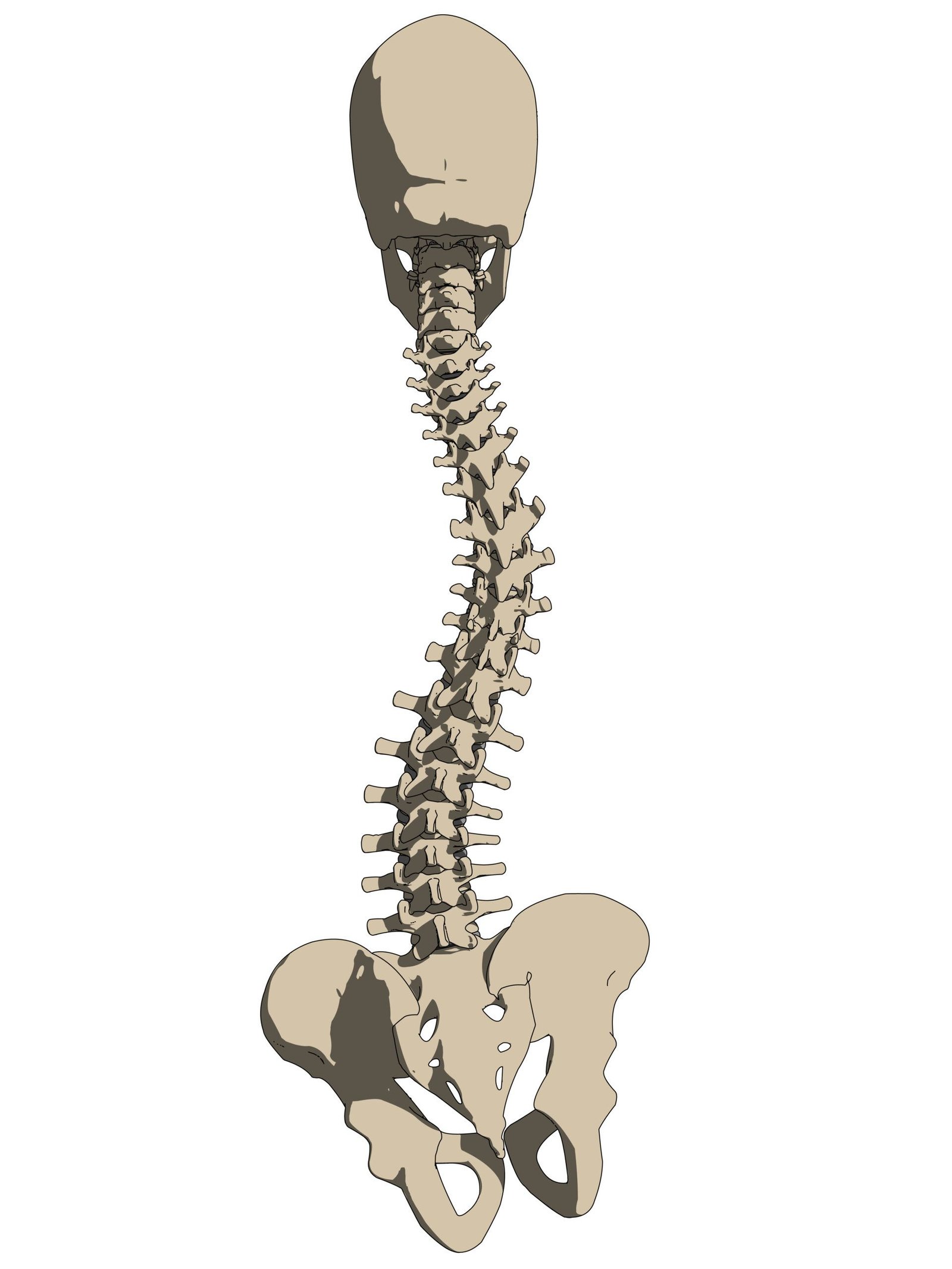
What Can be Done About Scoliosis?
Scoliosis is often thought of as ‘C’ curves or ‘S’ curves in the spine. This is a 2- dimensional representation of the 3-dimensional shape of what is really happening.
Is Scoliosis a Genetic Predisposition?
Scoliosis is thought to be a genetic predisposition. But lots of people whose parents and grandparents don’t have Scoliosis develop this problem. The predisposition is in the length of the spine plus the stability of the supporting structures of muscle tone. One can see why the development and discovery of Scoliosis is often during the growth spurt of the early teenage years.
Many people have the neuromuscular imbalances of a person with Scoliosis but they don’t develop the distinctive twisting and collapse of the spine. However, as we age the torques/rotations in our body result in a loss of height. Some of that is rotations and counter rotations in the spine, and the increased lordosis and kyphosis in the neck and ribcage. (for more information click here for what can be done)
What Causes Scoliosis Patterns in Childhood
Typically there has been some kind of incident or accident that impacted the spine often as a young child. Many of these incidents occur before or during the growth spurt of increased height/length during the transition from pubescence to adulthood when the bone growth outstrips the muscular strength to support them. An impact to the spine that contains a lateral force vector can disable one of the big muscles pulling on the T/L junction for instance. These muscles may end up in a chronic spasm on one side, resulting in predictable inhibitions in other complementary muscles. Now the spinal column is being pulled unevenly. Being engaged in competitive sports during this period of life has its dangers.
Torsions at One Level of the Spine Affect Other Levels.
There are some logical transition points in rotational transitions, usually where the curves reverse: SubOccipitals, the Cervical/Thoraco junction, the Thoraco/Lumbar junction, and even the L5/S1 junction. Changing what appears to be the primary rotational injury is seldom the end of the story. All the rotations and counter rotations must be checked against one another. This is taught in Advanced NMR for Scoliosis, scheduled August 2023, in Dallas, TX.
These rotational preferences are stored in the Cerebellum as movement and postural support strategies and produce predictable consequences in weakness and instability in joints far from the spine.
Many years of living with these unequal tensions results in layers of compensation as the body seeks stability. The problem becomes more complicated/complex as the years go by and boney changes begin to develop.
Unraveling Scoliosis
Scoliosis requires a detailed untangling of rotational imbalances in the whole postural support system of the body. These changes in neuromuscular function can be accomplished at any age. Much of the pain that is associated with Scoliosis is neuromuscular in origin. The body gives us pain messages when the muscles are not coordinating well. Those pain messages are letting you know that something isn’t working right.
NeuroMuscular Reprogramming enables us to have a detailed conversation with the individual muscles impacting spinal support and movement, and to assist the body in reprogramming movement strategies for better support and stability.
